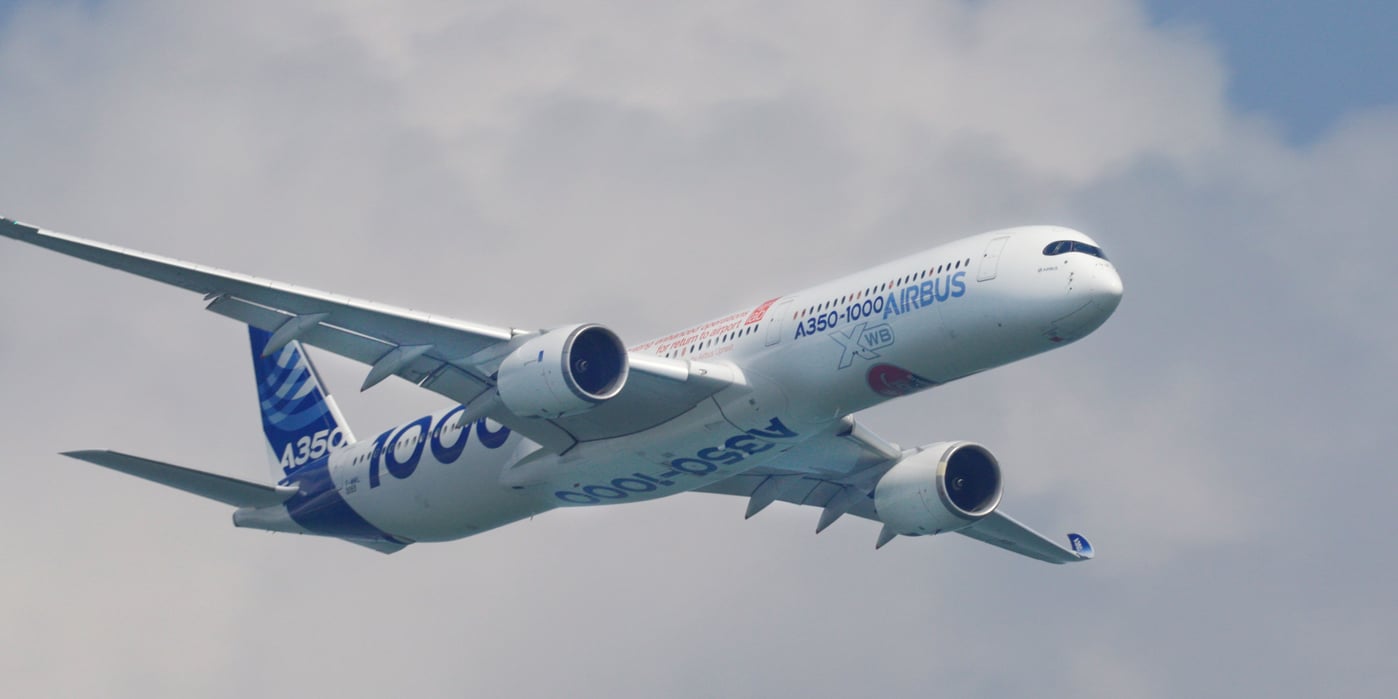
Now accounting for about 31 percent of the global fleet of commercial aircraft, the Asia-Pacific region already ranks as the largest market for the world’s airliner manufacturers. Even as parts of the region recover more slowly than the rest of the world from the economic effects of the Covid pandemic, the prospects for future growth appear brighter than ever given the size of its upwardly mobile population, the availability of lower-cost capital, and arguably more liberal regulatory environments.
One country with which most people wouldn’t associate liberal regulatory policy—China—saw the effects of Covid result in the steepest declines in traffic in the region and has been among the slowest to recover from the pandemic. According to statistics compiled by the International Air Transport Association, the country’s international traffic volume remains some 60 percent below pre-2019 levels. Still, according to IATA vice president of Asia-Pacific Philip Goh, China’s trajectory will account for a major piece of the wider region’s recovery.
|
By 2011, China's fighter design bureau and defense industrial firms earned a reputation for turning out two types of aircraft: either adaptations of foreign designs subsequently modified by a Chinese design team or models that nearly mirrored the Russian-made Sukhoi Su-27 and Su-30MK series. Though based on 1980s innovations, the aircraft and technology transfer that came with them nonetheless helped move Chinese air power into the 21st century.
With the first flight of the Chengdu J-20 in January 2011, China's industry—led by the Chengdu (CAC) and Shenyang (SAC) Aerospace Corporations—joined the ranks of nations manufacturing new-generation fighter aircraft. Over the years, the Shenyang enterprise developed a reputation as the facility charged with developing reverse-engineered analogs of the Russian-made Su-27, Su-30MK, and the carrier-capable Su-33. Those designs became the different variants of Shenyang’s J-11B-series, themselves versions of the J-16, and the J-15, which operate from the People’s Liberation Army Navy's (PLAN) Liaoning-class ski-ramp carriers.
|
The Asia-Pacific market for maintenance, repair, and overhaul (MRO) services would appear to favor well-resourced providers offering certainty to airlines averse to the risks they see in using smaller, independent outfits. Airframers and engine OEMs have come to benefit in that environment, as have big MRO providers such as Lufthansa Technik (LHT), which has invested significantly to serve the region's varying needs.
For the technical arm of the German flagcarrier, new business opportunities depend on strong ties with the various governments in the region, most notably in China, where LHT controls 80 percent of a joint venture in Shenzhen with Beijing Kailan Aviation Technology Company. While the Asia-Pacific region accounts for some 20 percent of its revenues, China theoretically presents a huge growth opportunity but also challenges to navigate its bureaucracies and develop relationships, according to LHT's head of corporate strategy and market analytics Sven Taubert.
|
Reflecting the robust recovery of its aerospace industry, the Singapore pavilion, organized by the Association of Aerospace Industries Singapore (AAIS), will showcase at least 27 small and medium-sized enterprises (SMEs) at this year’s airshow—more than double the SME exhibitor count from 2022.
Founded in 2003 as a non-profit, AAIS aims to advance the island nation as a premier aerospace hub, representing companies in aviation, aerospace, and unmanned aircraft systems, spanning MRO, manufacturing, parts distribution, research and development, training, education, and aftermarket services.
|
Multiple projects across Japan, South Korea, China, Singapore, Indonesia, India, Australia, and New Zealand are laying the groundwork for the wider Asia-Pacific region to stand at the forefront of new advanced air mobility (AAM) services. Often benefitting from strong government support, eVTOL aircraft manufacturers, including Embraer spin-off Eve Air Mobility and Supernal, are stepping up work with local partners to establish air taxi and other public service applications to begin in the second half of this decade.
The companies bill the all-electric aircraft as revolutionary not only in alleviating congestion on gridlocked roads in major cities but in terms of aviation's need to decarbonize. In some cases, the development of hybrid-electric vehicles would deliver longer-range and greater payload than eVTOLs, which generally carry no more than four passengers 100 or so miles on a single charge.
|
AINalerts News Tips/Feedback:
News tips may be sent anonymously, but feedback must
include name and contact info (we will withhold name on request). We reserve the
right to edit correspondence for length, clarity, and grammar. Send feedback or
news tips to AINalerts editor Chad Trautvetter.
|
AINalerts is a publication of AIN Media Group, 214 Franklin Avenue, Midland Park, New Jersey. Copyright 2023. All rights reserved.
Reproduction in whole or in part without permission is strictly prohibited.
|
|












